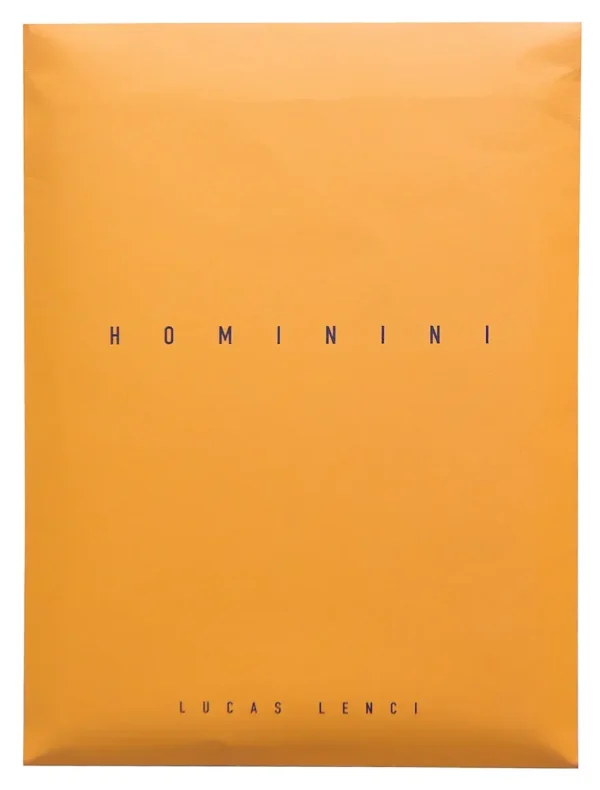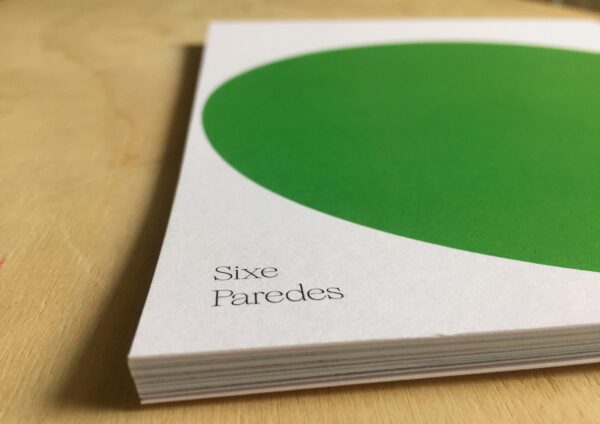Quadern de correspondències de Joan Ponç
Title: Quadern de correspondències de Joan Ponç.
Publisher: Edicions Poncianes.
Author: Pilar Parcerisas.
ISBN: 978-84.7226-818-0.
Year: 2017.
Language: Catalan.
Pages: 280.
20.00€
Estamos trabajando en nuestra web, de momento no es posible comprar libros través de nuestra tienda online. Para cualquier consulta escríbenos a info@artslibris.cat
Availability: In stock
The “Quadern de correspondències de Joan Ponç” comes to complement the task of compiling texts about the painter that began with the edition of “Ponç abans de Ponç”, also under the care of Pilar Parcerisas, in the research of which letters and postcards of great interest were found. A set of documents that, gathered together, help us to understand the importance of the personal and professional relationships that built a virtuous circle around Joan Ponç, which made his emergence as one of the great catalysts of Catalan contemporary art possible.
One of the values of this book is that it appeared in time to accompany two simultaneous exhibitions, as big as they were expected: that of Joan Ponç himself at La Pedrera (Barcelona), and that of Joan Brossa at Macba. Fate or effect still lives on from that virtuous circle, and allows us to see the set of figures and complicities that gave rise to an artistic movement of the highest voltage.
Inside the “Quadern de correspondències” we find the strength and magic with which relationships, correspondences, were established, revealing a commendable germandat, between poets, gallery owners, critics and publishers such as Xavier Corberó, Joan Brossa, Modest Cuixart, Antoni Tàpies, J. V. Foix, Joan Perucho, Josep Palau i Fabre, Sebastià Gasch, Arnau Puig, José Corredor-Matheos, Salvador Riera, Cesáreo Rodríguez Aguilera, René Metras and Joan-Josep Tharrats; the star of which is multiple and still bears fruit.
The volume is structured in two parts: after the introduction by Pilar Parcerisas, the first part is dedicated to each character with whom Ponç corresponded, and we find the transcription of the most relevant letters. The second part is the reproduction of the original letters in color, where we can appreciate the drawings and different calligraphies that Ponç used for each occasion.






